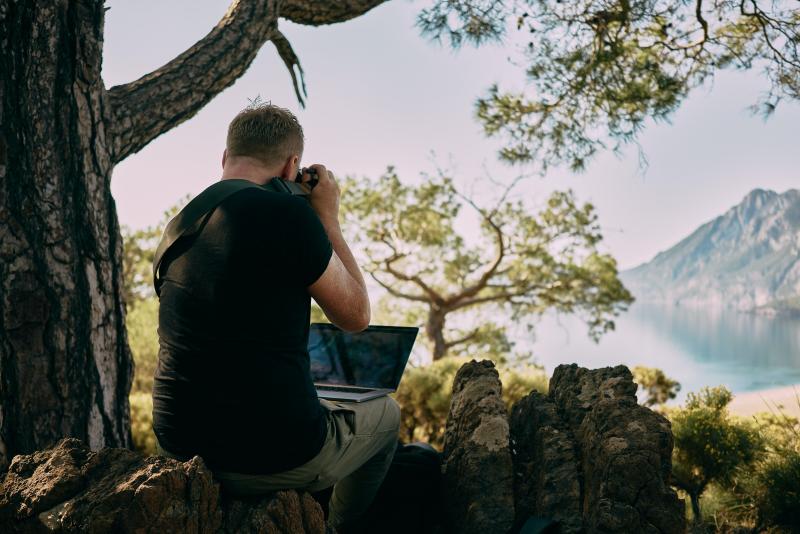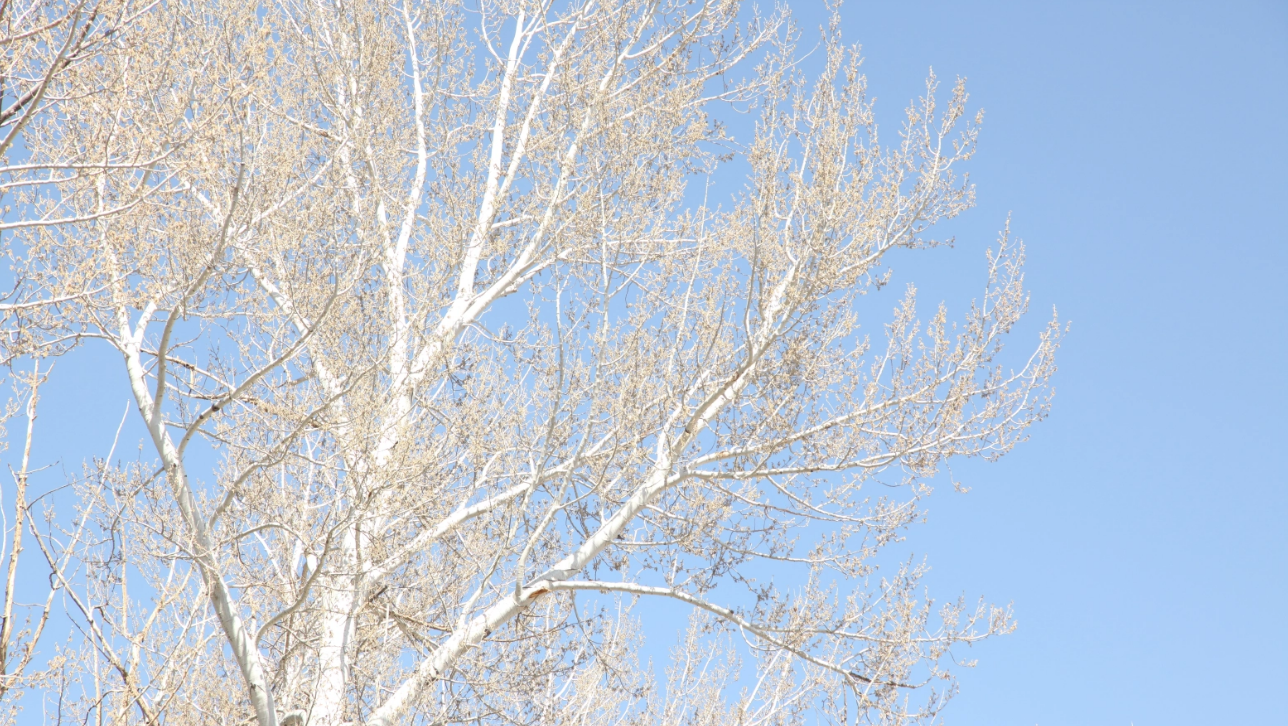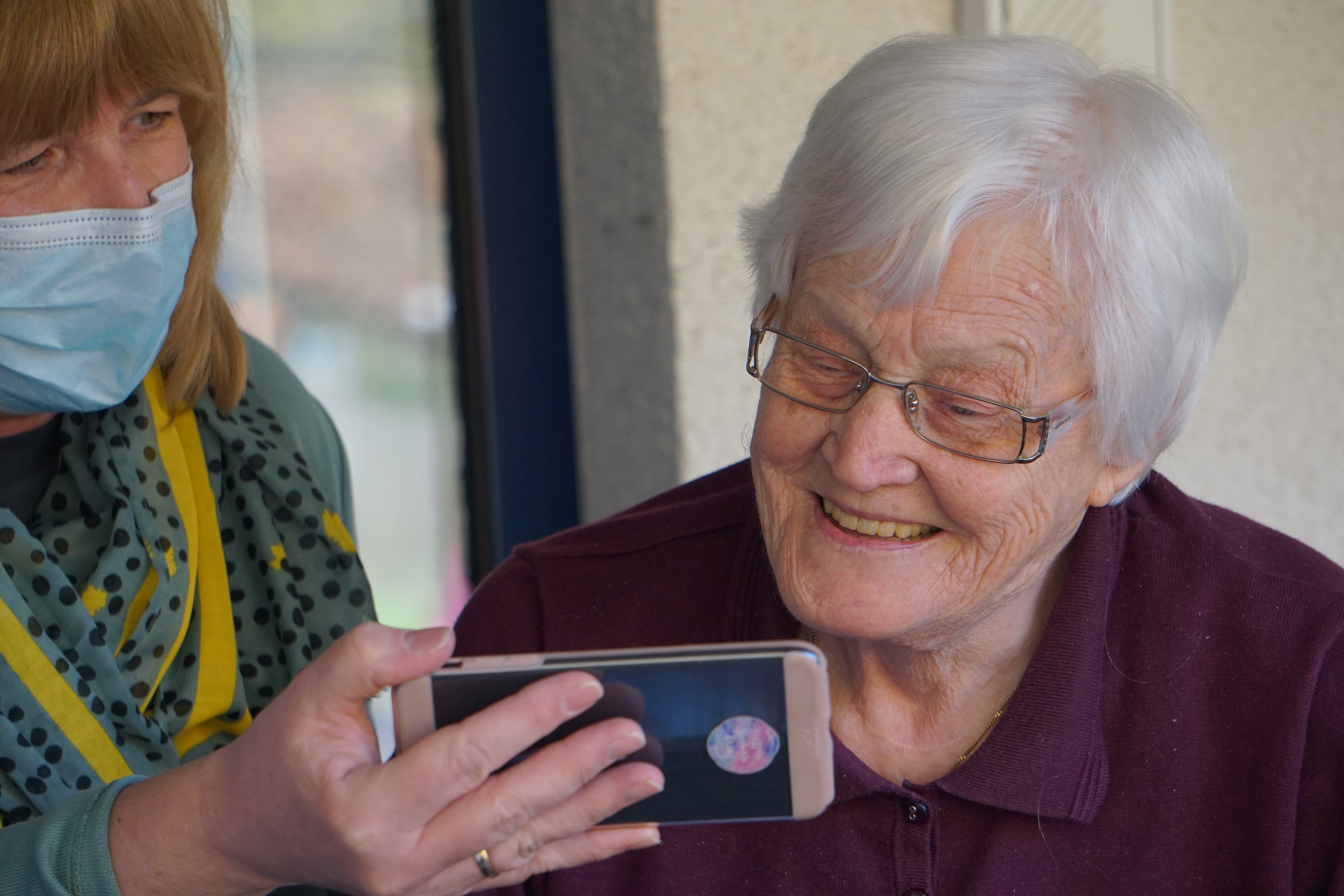Story Mapping Nature with Youth in Boulder County, and Going Virtual
By: Corey Martz, PhD Candidate, Department of Geography

Back in 2019, I began a story mapping project in partnership with Nature Kids/Jóvenes de la Naturaleza (NKJN) and more than 50 youth NKJN participants (check out this previous article about the story mapping project). A DU Scholar Shop organization, NKJN is a collective impact initiative with more than 30 non-profit, government, and other community organizations. These organizations are partnering to deliver nature programming and to build parks and pathways that improve access to nature for youth and families in Boulder County, Colorado.
The goals of the story mapping project included researching youth relationships with nature and contributing to NKJN’s ongoing program evaluation. We asked youth to create “story maps” that link multimedia content (e.g., images and text) to geographic locations (e.g., points and areas on a map) in a web application to tell location-based stories about where nature is special in their lives (check out this video to see a story map about the project). In 2020, COVID-19 lockdowns meant the in-person workshops where we worked with youth to create story maps were no longer possible. Nevertheless, we kept on story mapping by going virtual.
Efforts to continue story mapping in a virtual format amidst the lockdown, while challenging, proved valuable for research and program evaluation. For research, working with youth to create story maps virtually offered a window into their relationships with nature amidst the lockdown that had drastically changed their everyday lives. By comparing story maps created before and during the lockdown, we were able to explore potential impacts of the lockdown on youth relationships with nature. For example, youth who created their story maps during the lockdown held increased value for nature places nearby that provided them a respite from staying at home. For program evaluation, the COVID-19 pandemic changed the operational priorities and capacities of many organizations, including NKJN. The continuity of the story mapping project contributed to sustaining NKJN’s ongoing program evaluation efforts amidst the pandemic.
Story mapping virtually added value to the research and program evaluation goals of the project with the vital help of a CCESL Scholar Shop Student Grant in 2019 and a DU Grand Challenges ACE Grant in 2020 that supported this community partnership through changing circumstances.
Editor’s Note: This work was supported with an ACE Student Scholars Grant, thanks to the generous support of the Arthur Vining Davis Foundations for DU Grand Challenges.


